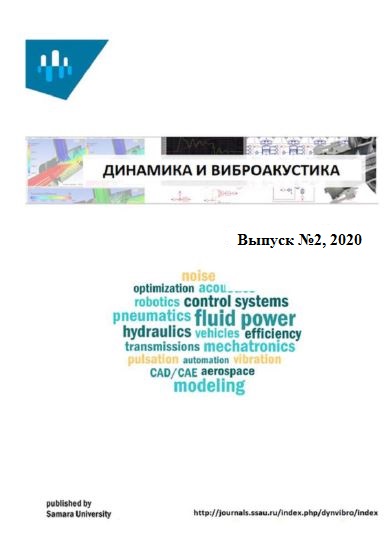Abstract
For units providing flow control for cryogenic fluids and operating under conditions of a significant change in the temperature range from positive to cryogenic and in a two-phase state of the working fluid, the problem of sealing the closure members of the units (valve pairs) becomes urgent.
Joint sealing is ensured by creating contact pressure in the joint through deforming the roughness peaks obtained by surface treatment of the valve pair.
The mechanical properties of the materials of the contacting valve pairs change significantly under the influence of cryogenic temperatures. First of all, the plastic properties are reduced, therefore, the creation of increased contact pressure is required.
The article presents a methodology for evaluation of changes in the microgeometry of contacting surfaces depending on the specific contact pressure. It also allows one to evaluate the conductivity of microgaps in the viscous and molecular regimes of fluid flow through contacting surfaces.







